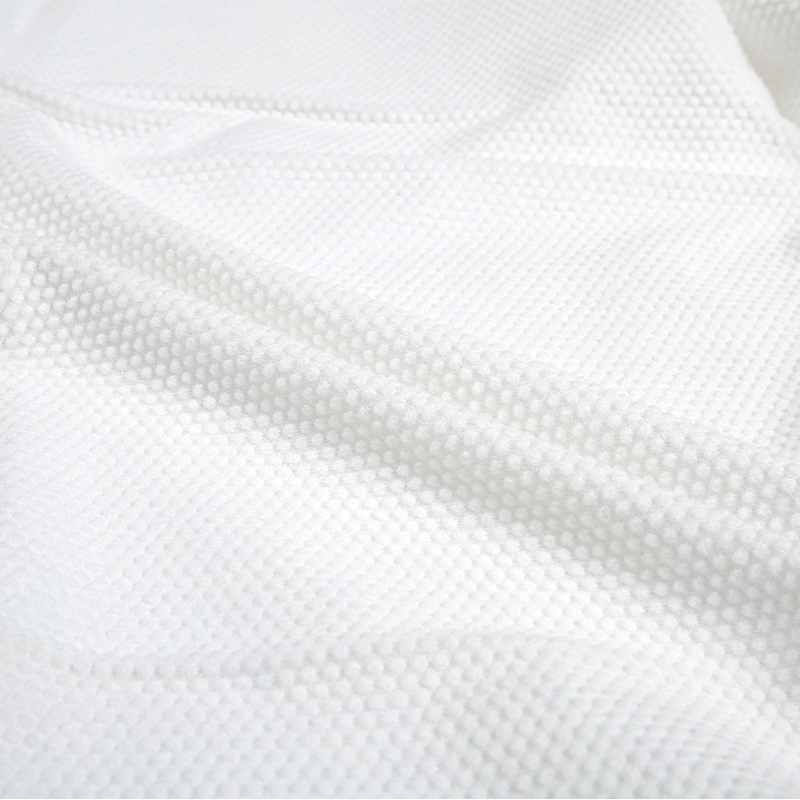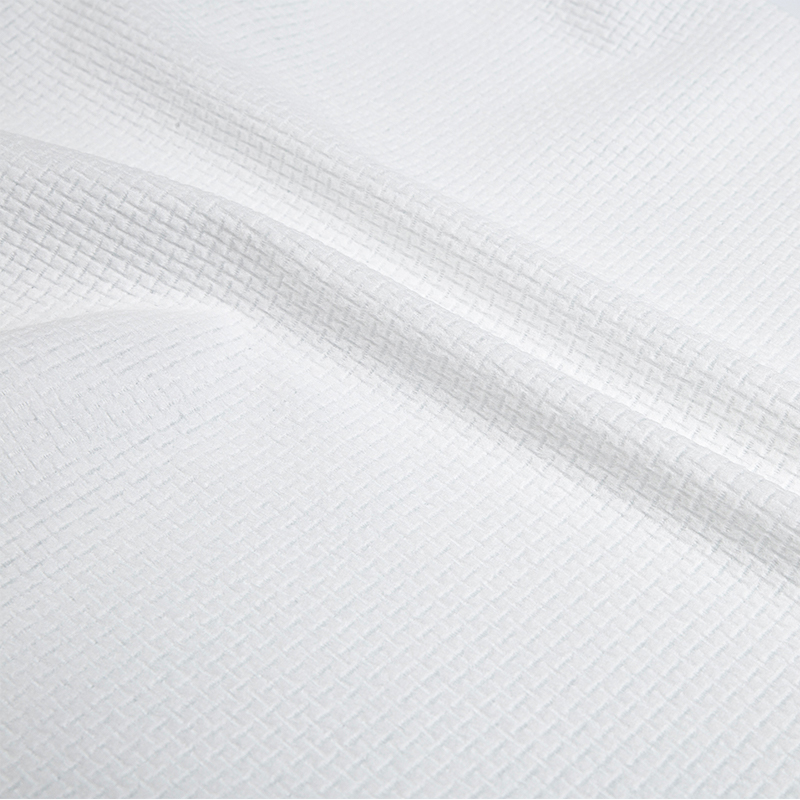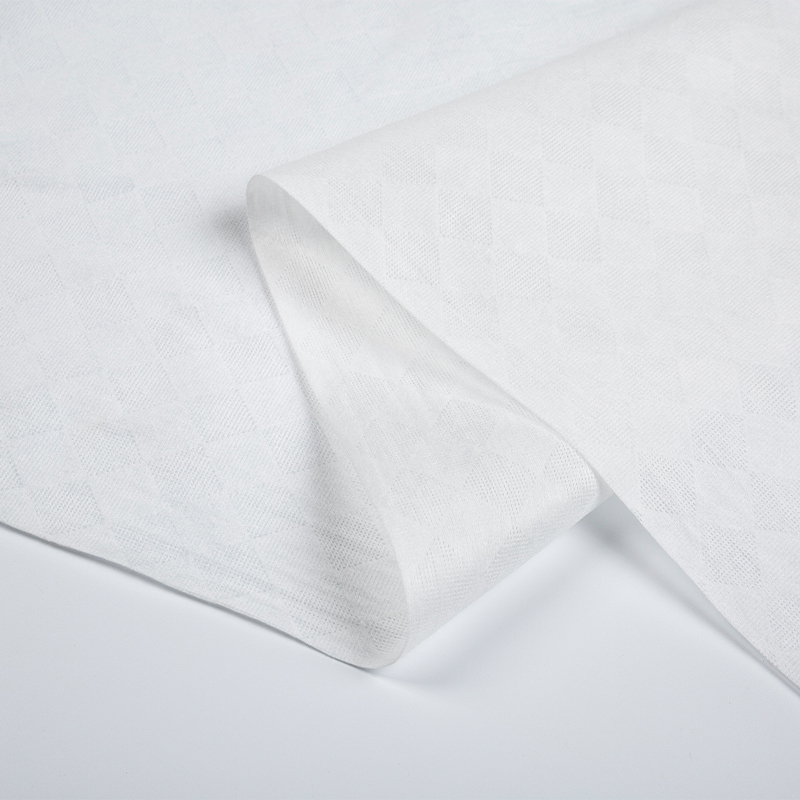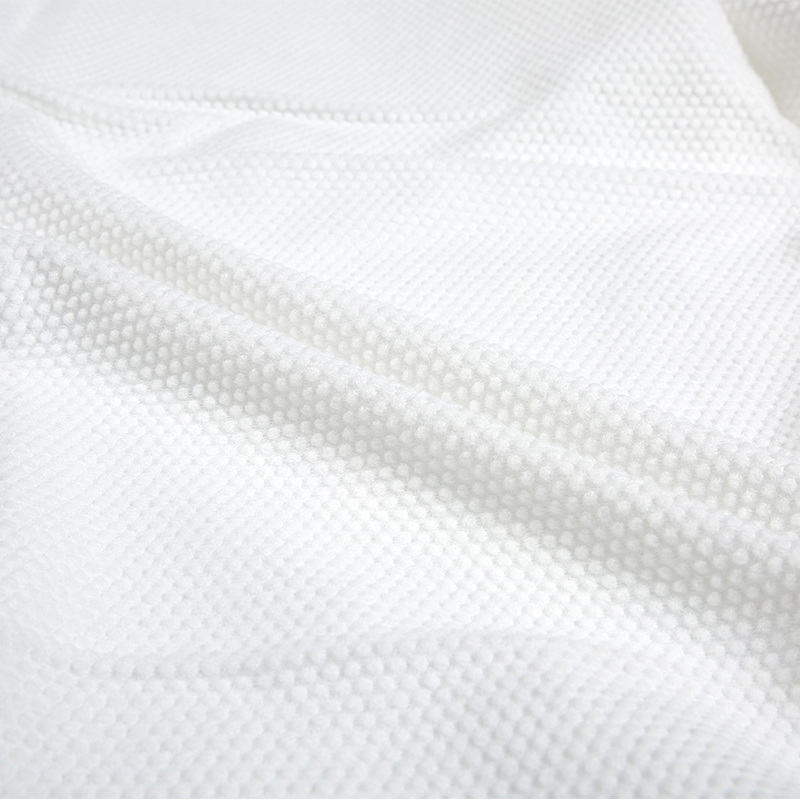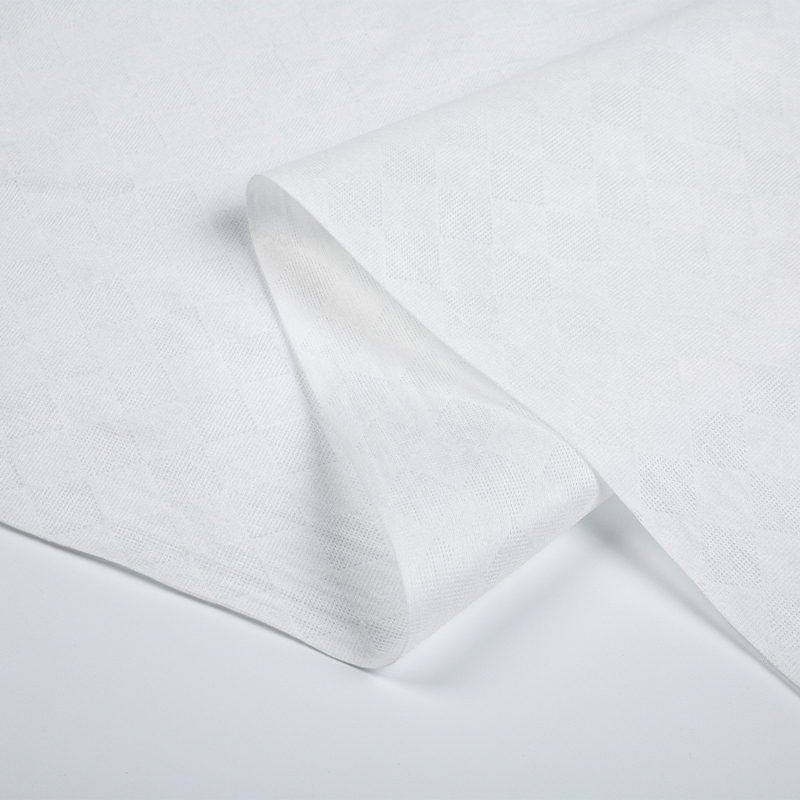Founded in 2022, Hangzhou Shunlong Nonwovens Technology Co., Ltd. is a professional China nonwoven fabric manufacturer and non-woven raw material factory
Non-Woven Raw Material is a fabric that contains various materials that are held together without any stitches, weaving or knitting. The fabric is produced by using thermal, mechanical or chemical bonding techniques. It is a flexible material that has many different uses, such as medical and health care fabrics, industrial filtration fabrics, home decorative fabrics, space wool and sound and heat insulation materials.
Various types of raw material can be used to make this type of fabric, including natural fibers (cotton, jute, flax, wool) and synthetics (polyester, polyethylene terephthalate, polypropylene, rayon). In addition, special, hygroscopic, and/or water-extractable raw materials can also be used.
The main advantage of nonwovens is that they can be made much faster than woven or knitted textiles, and they can also be molded to a specific shape. This makes them very useful in a number of applications where woven or knitted textiles would not be suitable. Nonwovens can be shaped into any size, thickness, or strength and can have any type of surface finish, as required. They can also be used to add or change the properties of a particular product, such as water absorbency, fire retardancy, odor control, insulation, and color fastness.
There are two main categories of nonwovens: spun-bonded and melt-blown. Spun-bonded nonwovens are made by spinning fibers or polymer slices through spinnerets to create continuous filaments. These are then cooled, stretched by air and deposited as a random web onto a conveyor belt. The resulting nonwoven is strong, soft and has good liquid repellency.
Melt-blown nonwovens are similar to spun-bonded, but instead of binding the separate fibers with a mechanical or thermal process, they are bonded by melting a polymer in the air. This process gives a web of very fine fibres with small pores. This type of material is very lightweight and water vapor permeable, and has better tensile strength than spun-bonded nonwovens.
Several characteristics influence the quality of nonwovens, such as the fabric’s structural geometry and the fiber’s properties. For instance, the web cohesion and fiber breakage are influenced by the diameter of the fibers and their length. Fiber hygroscopicity, tensile properties, finish and crimp also affect the quality of a fabric.
Nonwovens are increasingly replacing traditional woven textiles in a variety of consumer, commercial and healthcare products. They have numerous advantages, such as speed of production, versatility, low cost and high hygiene levels. In addition, they can provide the performance of woven or knitted products and often have a greater range of properties than woven textiles, such as stretchability, fire resistance, waterproofness, softness and durability. They can also be made of a wide variety of raw materials and possess innumerable, diverse attributes such as super absorbency, resilience, water repellency, strength, bacterial barriers and more. In addition, they can be recycled and are a good alternative to plastic bags.
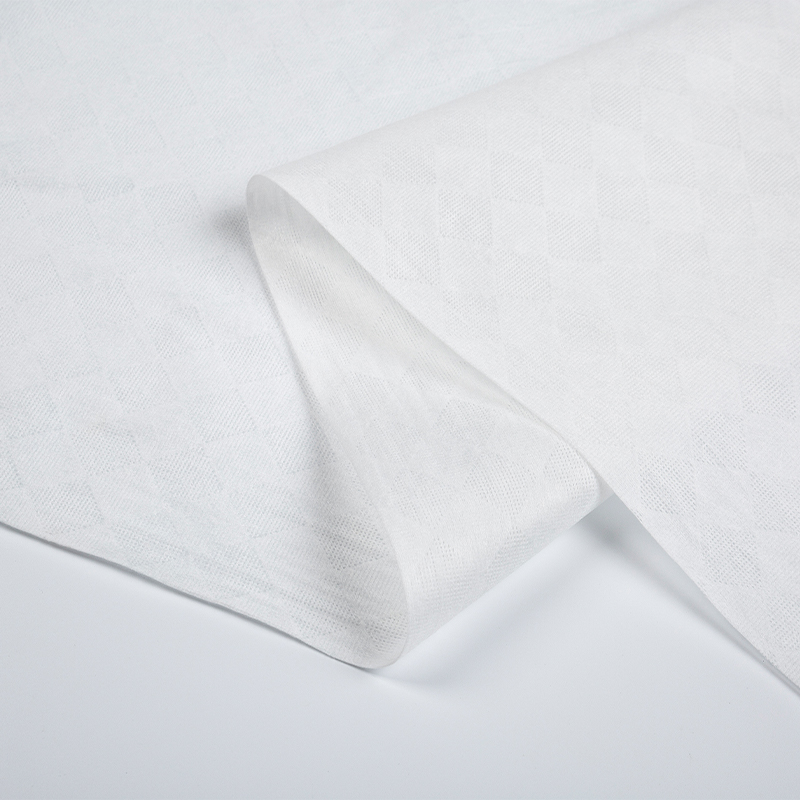


 English
English 日本語
日本語 русский
русский Español
Español